| A Brief Outline History of Chinese Dynasties |
|---|
| www.studenthandouts.com ↣ World History ↣ Ancient East Asia ↣ Ancient East Asia Outlines & PPTs |
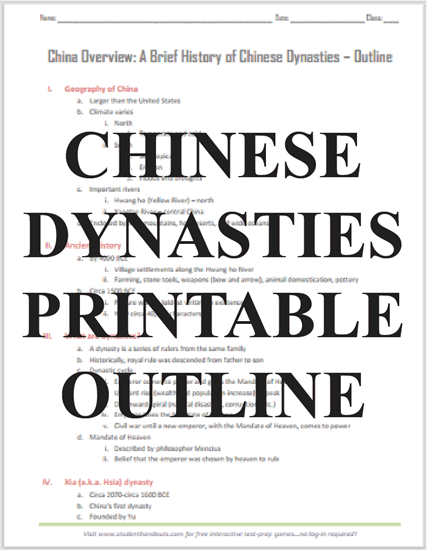 I. Geography of China
I. Geography of Chinai. Larger than the United States ii. Climate varies 1. North a. Temperate and cold 2. South a. Subtropical b. Erosion c. Floods and drought iii. Important rivers 1. Hwang ho (Yellow River)—north 2. Yangtze River—central China iv. Enclosed by high mountains, hot deserts, and wide oceans II. Ancient history i. By 4000 B.C.E. 1. Village settlements along the Hwang ho River 2. Farming, stone tools, weapons (bow and arrow), animal domestication, pottery ii. Circa 1500 B.C.E. 1. Picture writing (oldest writing in existence) 2. Now circa 40,000 characters III. What are dynasties? i. A dynasty is a series of rulers from the same family ii. Historically, royal rule was descended from father to son iii. Dynastic cycle 1. Emperor comes to power and gains the Mandate of Heaven 2. Upward rise (wealth and population increase) to peak 3. Downward spiral (natural disasters, corruption, etc.) 4. Emperor loses the Mandate of Heaven 5. Civil war until a new emperor, with the Mandate of Heaven, comes to power iv. Mandate of Heaven 1. Described by philosopher Mencius 2. Belief that the emperor was chosen by heaven to rule IV. Xia (a.k.a. Hsia) dynasty i. Circa 2070-circa 1600 B.C.E. ii. China’s first dynasty iii. Founded by Yu iv. Built roads and irrigation projects V. Shang dynasty i. Circa 1600-1046 B.C.E. ii. Writing began iii. Developed bronze, glazed pottery, and silk industries VI. Zhou (a.k.a. Chou) dynasty i. 1045-256 B.C.E. ii. Invaded China from the northwest iii. Set up a loose central government iv. Feudal power held by strong nobles v. Philosophers 1. Confucius 2. Mencius (his follower) VII. Qin (a.k.a. Chin) dynasty i. 221-206 B.C.E. ii. Military dictatorship centralized China iii. Emperor Shih Huang Ti iv. Destroyed nobles’ feudal power v. System of taxation vi. Established weights and measures vii. Great Wall (1500 miles) VIII. Han dynasty i. 206-220 C.E. ii. Conquerors iii. Empire—central Asia to China Sea, Indochina to Korea iv. Trade 1. Chinese fruits, silks, and spices sold in Rome (1st century C.E.) v. Buddhism came from India vi. Civil service system vii. First paper made IX. Tang dynasty i. 618-906 C.E. ii. 400 years of warfare between Han and Tang dynasties iii. Tang reunited China iv. T’ai Tsung 1. Emperor in 627 C.E. 2. Education and government reforms a. Extended boundaries b. Alliances and peace treaties with neighbors c. Industry and trade d. Jade porcelain, and silks to Arabia, India, Japan, and Persia X. Song (a.k.a. Sung) dynasty i. 960-1279 C.E. ii. Disorder between Tang and Sung dynasties iii. Culture superior to that of medieval Europe iv. Powerful only in southern China XI. Mongol rule i. 1259-1368 ii. Central Asian nomads iii. Genghis Khan 1. Conquered Asia, including China iv. Kublai Khan 1. Grandson of Genghis 2. Visited by Marco Polo (Venetian) a. Ruled for circa 100 years v. Capital—Peking (modern-day Beijing) XII. Ming dynasty i. 1368-1644 ii. Overthrew Mongols iii. Chinese natives iv. Beautified Peking (Beijing) v. Encouraged trade with Europe vi. Gave Europeans: 1. Gunpowder 2. Jade 3. Playing cards 4. Porcelain 5. Silk 6. Tea XIII. Qing dynasty (Manchu rule) i. 1644-1912 ii. Manchurians conquered China, Indochina, Korea, Mongolia, Tibet, eastern Turkestan iii. China prospered iv. British imperialism v. Western pressure brought about Manchu overthrow in 1912 vi. Ended with birth of Chinese republic XIV. Philosophy and religion i. Late Zhou (Chou) period (1100-256 B.C.E.) 1. Suffering produced influential philosophers a. Lao-Tse (6th century B.C.E.) a. Men should be left alone to work out their own lives with the fewest possible laws of government b. Men should make their own lives simple & desire nothing; should submit to all that comes in life c. Taoism b. Confucius (551-479 B.C.E.) a. Considered China's greatest philosopher b. Ethics—correct way to live c. Human nature—good d. Men should be kind, tolerant, and love their elders and ancestors (filial piety) e. Golden rule: "Do not do to others what you would not have others do to you." f. Analects g. Confucianism—code of behavior and religion h. Education, good manners, right morals, respect for others, love of tradition, obedience to parents XV. Culture i. Literature, poetry, history, philosophy 1. Tang dynasty—poet Li Po 2. Printing invented—books produced cheaply in great numbers 3. Paper—1st century B.C.E. ii. "China" or "Chinaware" 1. Known for glazed pottery and porcelain iii. Music iv. Paintings XVI. Science i. 1000-1500 C.E.—civilization superior to that of medieval Europe ii. Paper and ink 1. "India" ink really Chinese ink iii. Movable type 1. Movable blocks with cut-out raised characters iv. Compass v. Gunpowder 1. Originally for firecrackers vi. Silk manufacturing vii. Irrigation and farming techniques Click here to print. Click here for a PowerPoint version of this outline. |
 | 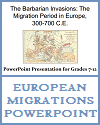 | 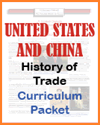 | 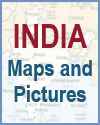 | 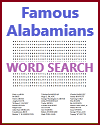 | 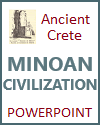 |
| Ancient East Asia Books and Films | Ancient East Asia Outlines and PowerPoints |
| Ancient East Asia Maps and Pictures | Ancient East Asia Study Games |
| Ancient East Asia Miscellany | Ancient East Asia Worksheets |
| www.studenthandouts.com ↣ World History ↣ Ancient East Asia ↣ Ancient East Asia Outlines & PPTs |








